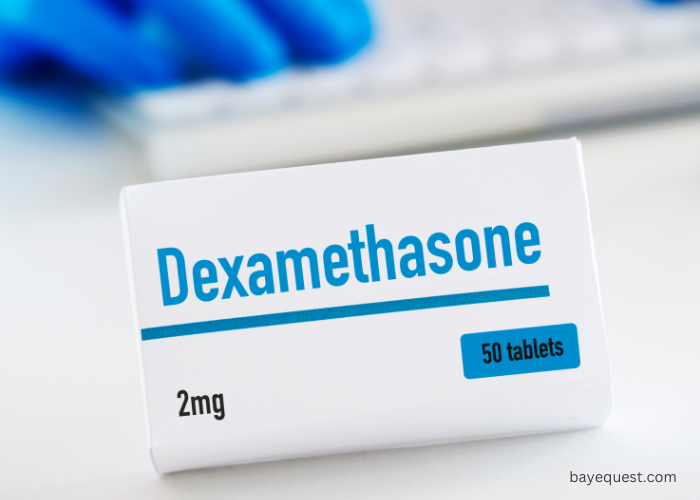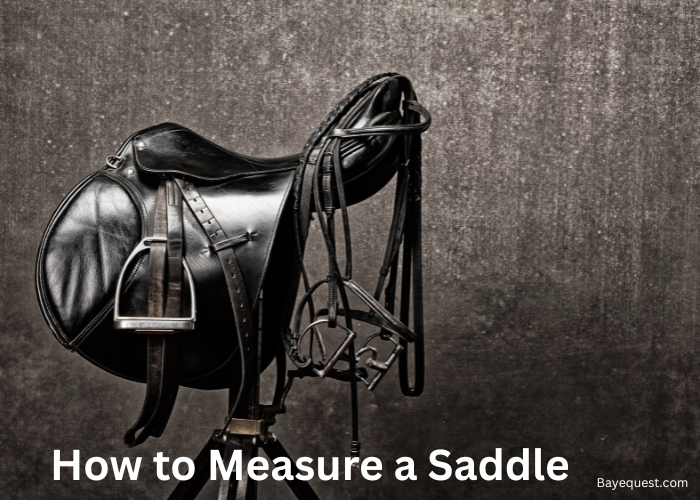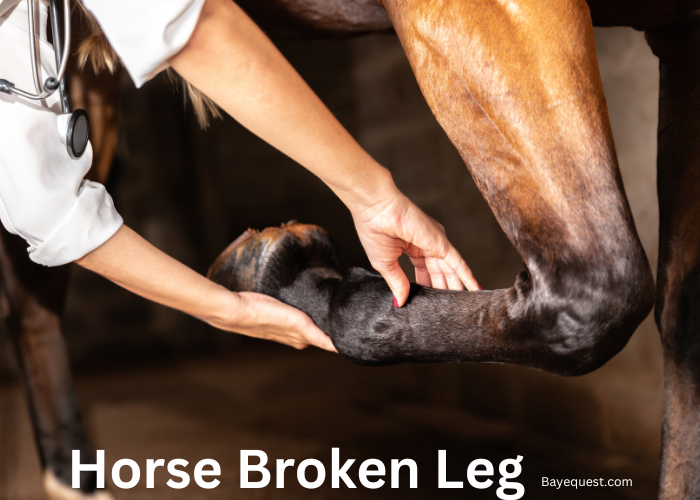Giving your horse medication can be challenging, especially with strong drugs like dexamethasone.
This corticosteroid helps with inflammation and allergies. But how much should you give?
The right dose is important. Too much can cause serious side effects, and too little might not work.
In this post, we’ll cover the basics of giving dexamethasone orally. You’ll learn how to help your horse safely and effectively.
Always check with your vet first. Let’s go over what you need to know.
How Much Dexamethasone to Give a Horse Orally? Key Takeaway
The recommended oral dosage of dexamethasone for horses ranges from 5 mg to 10 mg per day. It is administered orally in tablet or liquid form. Tablets can be mixed with feed if the horse is reluctant to take them directly, while liquid dexamethasone can be given using a dosing syringe.
What is Dexamethasone?
Dexamethasone is a synthetic corticosteroid. It mimics the effects of cortisol, a hormone produced by the adrenal glands.
Cortisol plays a key role in reducing inflammation and controlling the immune response.
Dexamethasone is more powerful than natural cortisol, which makes it highly effective in treating a range of conditions.
In horses, dexamethasone is often used to manage inflammation, allergic reactions, respiratory issues, and joint pain.
It works by blocking the release of substances in the body that cause inflammation.
Dexamethasone is available in various forms, including oral tablets, injections, and topical applications.
The dosage depends on the horse’s condition, weight, and health.
Its effective, long-term use can suppress the immune system and increase the risk of infections. It can also lead to side effects like laminitis if used improperly.
Because of its potency, dexamethasone should always be used under veterinary guidance to avoid complications.
Proper dosing and monitoring are essential to ensure the horse’s safety and health.
Related read: What is Diphenhydramine?
Administration of Dexamethasone for Horses
When it comes to treating horses with dexamethasone, there are several ways to give the medication. Each method has its benefits depending on the situation.
Let’s break down the three main ways it can be given: intravenous, intramuscular, and oral.
Intravenous administration
When dexamethasone is given intravenously, it goes directly into the bloodstream. This allows for quick action, making it ideal in emergencies.
It’s used when a fast response is needed, like in severe allergic reactions or shock.
The effects are almost immediate because the drug doesn’t have to pass through the digestive system.
However, this method should only be done by a vet or a trained professional.
Intramuscular administration
When given intramuscularly, dexamethasone is injected into the muscle. This method allows for a slower release compared to intravenous.
It’s useful when you want the medication to work over time. The drug gets absorbed gradually into the bloodstream from the muscle.
This is a common method for less urgent treatments and can be done in a clinic or stable setting.
Oral administration
Oral dexamethasone is given by mouth, usually as a tablet or liquid. The drug is absorbed through the digestive system.
This method takes longer to show effects because the medication needs time to break down and enter the bloodstream.
Oral administration is often used for long-term management of conditions like inflammation or allergies.
It’s convenient but may take more time to kick in compared to injections.
Recommended Oral Dosage of Dexamethasone for Horses
The recommended oral dosage of dexamethasone for horses ranges from 0.04 to 0.2 mg per kilogram of body weight. That is om 5 mg to 10 mg per day.
However, this depends on the condition being treated. For mild conditions like allergic reactions, the lower end of around 5 mg is sufficient.
For more severe inflammatory conditions, a higher dose of up to 10 mg may be required
Always follow your veterinarian’s advice to ensure safe and effective treatment, as improper dosing can lead to serious side effects.
Dexamethasone Horse Dosage Chart
| Horse weight (lbs) | Mild conditions | Severe conditions |
|---|---|---|
| 500 lbs (227 kg) | 2.5 – 5 mg per day | 5 – 10 mg per day |
| 800 lbs (363 kg) | 4 – 8 mg per day | 8 – 16 mg per day |
| 1000 lbs (454 kg) | 5 – 10 mg per day | 10 – 20 mg per day |
| 1200 lbs (544 kg) | 6 – 12 mg per day | 12 – 24 mg per day |
| 1500 lbs (680 kg) | 7.5 – 15 mg per day | 15 – 30 mg per day |
How to Administer Dexamethasone Orally
Administering dexamethasone orally to a horse is straightforward but requires care to ensure the full dose is given. Here’s how to do it:
Step 1: Prepare the medication
Dexamethasone comes in tablet or liquid form. If using tablets, make sure they are the correct dosage.
Some horses might take tablets directly, but others may require them to be crushed and mixed with feed.
Liquid forms can be easier to administer, especially with a dosing syringe.
Step 2: Mix with feed (if needed).
If your horse is picky, you can mix the crushed tablet or liquid into the horse’s feed.
Ensure that the horse finishes the entire meal to get the full dose of the medication.
Step 3: Use a syringe for liquid.
If using a liquid form or if the horse won’t eat the medicated feed, use a dosing syringe. Fill the syringe with the prescribed amount of dexamethasone.
Stand to the side of the horse’s head, insert the syringe into the corner of the mouth, and gently squirt the liquid into the back of the mouth.
Step 4: Monitor for signs of refusal.
After administration, watch the horse to ensure it has swallowed the full dose. Sometimes horses will spit out tablets or liquid, so it’s important to monitor closely.
Step 5: Repeat as directed.
Dexamethasone is usually given once a day, but follow your vet’s instructions for frequency and duration.
Importance of Accurate Dosage
Getting the dosage right with dexamethasone is crucial. If you give too much, it can cause serious side effects like laminitis or suppress your horse’s immune system.
On the other hand, giving too little won’t be effective, and your horse won’t get the relief it needs.
Every horse is different, and the right amount depends on the condition you’re treating and your horse’s size and health.
That’s why you need to follow your vet’s instructions exactly. An accurate dose helps the medication work as it should without causing harm.
Side Effects of Dexamethasone for Horses
Dexamethasone, while effective, can cause side effects in horses, especially with long-term or high-dose use. Here are the most common ones:
Laminitis. One of the most serious side effects, this painful hoof condition can develop, especially with prolonged use.
Immune suppression. Dexamethasone can weaken the immune system, making the horse more prone to infections.
Increased thirst and urination. Horses may drink and urinate more frequently while on this medication.
Muscle loss. Over time, muscle wasting can occur with extended use of corticosteroids.
Delayed wound healing. The body’s ability to heal wounds may slow down, making recovery from injuries longer.
Weight gain. Increased appetite and fluid retention can lead to weight gain in some horses.
Interesting read: What are the Side Effects of DSMO?
Precautions of Dexamethasone for Horses
Here are some precautions you need to take when using dexamethasone:
Always consult your vet. Never give dexamethasone without veterinary guidance. The dosage and treatment plan should be tailored to your horse’s specific needs.
Monitor for laminitis. Dexamethasone can increase the risk of laminitis, especially in horses that are overweight or have a history of the condition. Watch closely for signs like lameness or heat in the hooves.
Limit long-term use. Extended use of dexamethasone can suppress the immune system, making horses more susceptible to infections. It should only be used long-term if necessary and under close vet supervision.
Watch for increased thirst and urination. Horses may drink more and urinate more often, which is normal, but excessive amounts should be reported to the vet.
Avoid in horses with infections. Since dexamethasone suppresses the immune system, it’s not recommended for horses with active infections.
Gradual withdrawal. If your horse has been on dexamethasone for a while, don’t stop suddenly. It needs to be tapered off slowly to avoid adrenal gland issues.
Dexamethasone Drug Interactions
Dexamethasone can interact with other medications, so you should be aware of what your horse is taking.
If your horse is on non-steroidal anti-inflammatory drugs (NSAIDs) like phenylbutazone, combining them with dexamethasone can increase the risk of stomach ulcers.
This combination should only be done under a vet’s close supervision.
Another thing to watch out for is insulin. Dexamethasone can raise blood sugar levels, so if your horse has insulin resistance or is on diabetes medication, the vet might need to adjust the treatment.
Also, if your horse is being treated for an infection with antibiotics, dexamethasone can weaken the immune response.
In some cases, the vet might choose a different treatment if the infection is a concern.
Always let your vet know about all medications and supplements your horse is taking. This ensures that dexamethasone can be used safely alongside other treatments.
How to Determine a Dexamethasone Overdose
Determining a dexamethasone overdose in a horse requires close observation of certain signs. One of the clearest signs is laminitis, which can develop quickly.
If you notice your horse is limping, showing tenderness in the hooves, or shifting weight from foot to foot, it could be an early sign of this condition.
Another warning sign is excessive thirst and urination. While increased drinking can happen with normal doses, a sudden or extreme increase might signal an overdose.
You may also see muscle weakness or lethargy. If your horse seems unusually tired, weak, or lacks its normal energy, this could be a result of too much dexamethasone affecting muscle health.
Swelling and weight gain might also be indicators. Rapid weight gain or puffiness could be due to fluid retention, another sign of an overdose.
If you suspect an overdose, call your vet immediately. They can run tests and provide treatment to manage the situation and minimize harm to your horse.
How to Store Dexamethasone
To store dexamethasone properly, keep it in a cool, dry place away from direct sunlight and moisture.
The ideal storage temperature is between 15°C and 30°C (59°F and 86°F), but always check the packaging or ask your vet for specific instructions.
Avoid storing it in places with extreme temperature changes, like near heaters or in a refrigerator unless directed.
Keep dexamethasone in its original container with the lid tightly closed, and make sure it’s out of reach of children and animals.
If you’re using a liquid form, ensure the bottle is sealed properly to avoid contamination.
Always check the expiration date, and dispose of any expired medication safely as per veterinary or local guidelines.
Alternatives to Dexamethasone
Here are some common alternatives to dexamethasone for treating inflammation and related conditions in horses:
Prednisolone. Another corticosteroid, often used when long-term steroid therapy is needed with potentially fewer side effects.
Triamcinolone. A corticosteroid for joint inflammation and allergic reactions, with a shorter duration of action.
Phenylbutazone (Bute). A widely used NSAID for managing pain and inflammation, especially in cases of arthritis or lameness.
Firocoxib (Equioxx). A newer NSAID with fewer gastrointestinal side effects. It’s commonly used for managing inflammation and pain over longer periods.
Hydrocortisone. A milder corticosteroid, often used for less severe cases of inflammation or allergic reactions.
Flunixin Meglumine (Banamine). An NSAID for pain relief and inflammation, especially in colic and musculoskeletal issues. Read our next blog on Banamine dosage for horses to learn how to calculate the correct amount for horses.
Betamethasone. Another corticosteroid that’s sometimes used for joint injections and to manage inflammation.
See also: How Long Does Banamine Last?
Dex for Horses: Conclusion
When giving dexamethasone to your horse orally, you need to get the dose right. Remember, too much can lead to serious side effects, while too little won’t be effective.
Always follow your vet’s guidance to ensure your horse gets the right amount for its specific condition.
Keep an eye out for any signs of side effects, and never hesitate to contact your vet if something seems off.
With the right dose and care, dexamethasone can help manage your horse’s health issues safely and effectively.
Next, read our article on Osteomax for horses to learn how it supports bone health, especially in performance and aging horses.








